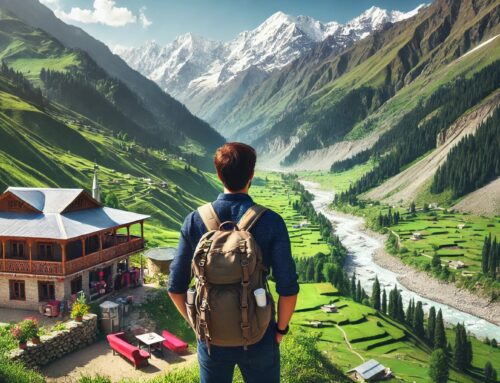Top 5 Highest Mountains in the World
Worlds Highest Mountains
Mount Everest, Nepal
When we discuss about Top 5 Highest Mountains in the World. Mount Everest is the world’s highest mountain standing at an impressive height of 8,848.86 meters (29,031.7 feet) above sea level. It is located on the border between Nepal and the Tibet Autonomous Region of China. The first recorded successful ascent of Mount Everest was achieved in 1953 by Sir Edmund Hillary of New Zealand and Tenzing Norgay, a Sherpa climber from Nepal. Mount Everest holds cultural, ecological, and geopolitical importance beyond its popularity among mountaineers.
Yaks are commonly used to carry gear for climbs, able to haul up to 100 kg (220 pounds) due to their thick fur and large lungs. The region is also home to diverse wildlife, including the Himalayan black bear and the elusive red panda. The mountain is a major tourist attraction boosting the economies of Nepal and Tibet.

K2, Pakistan
K2, also known as Mount Godwin Austen, is the second highest mountain on Earth at 8,611 meters (28,251 feet) above sea level. Located in the Karakoram Range on the Pakistan-China border, K2 is renowned for its challenging climbing conditions, including steep slopes and unpredictable weather. Due to its harsh weather, technical difficulty, and extreme altitude, K2 is considered one of the most dangerous peaks to climb, earning it the nickname Killer Mountain.
The first successful ascent was in 1954 by an Italian expedition led by Ardito Desio, with Achille Compagnoni and Lino Lacedelli reaching the summit. It is a source of pride for Pakistan.

Kangchenjunga, Nepal
Kangchenjunga is the third-highest mountain in the world, reaching 8,586 meters (28,169 feet) in the eastern Himalayas on the Nepal-India border. Its five peaks are known as the “Five Treasures of Snow.” The first successful ascent was in 1955 by a British expedition. Kangchenjunga is a biodiversity hotspot, hosting rare species like the snow leopard and red panda.
Kangchenjunga, a symbol of natural and spiritual heritage, faces threats from climate change, accelerating glacier melting and disrupting local ecosystems. The region is remote and less frequented by trekkers due to its challenging access from India.

Lhotse, China
Lhotse is the fourth highest mountain in the world, reaching 8,516 meters (27,940 feet) above sea level. It is located on the border between China (Tibet Autonomous Region) and Nepal, near Mount Everest. The first successful ascent was in 1956 by a Swiss team. The standard climbing route is similar to Everest up to the Yellow Band, but the icy North East Face remains unclimbed.
Lhotse, like other Himalayan peaks, is threatened by climate change, causing melting glaciers and changing weather patterns that impact the environment and local communities.

Makalu, Nepal
Makalu is the fifth highest mountain globally, standing at 8,485 meters (27,838 feet) above sea level in the Himalayas on the Nepal-China border. Its name means “Great Black” in Sanskrit. The first successful ascent was in 1955 by a French expedition. Surrounding the mountain is the Makalu-Barun National Park, known for its biodiversity and rare species like the red panda and snow leopard. The park’s untouched beauty attracts trekkers, nature enthusiasts and mountaineers.
Makalu, like other Himalayan peaks, is experiencing environmental challenges from climate change and growing human activity.







